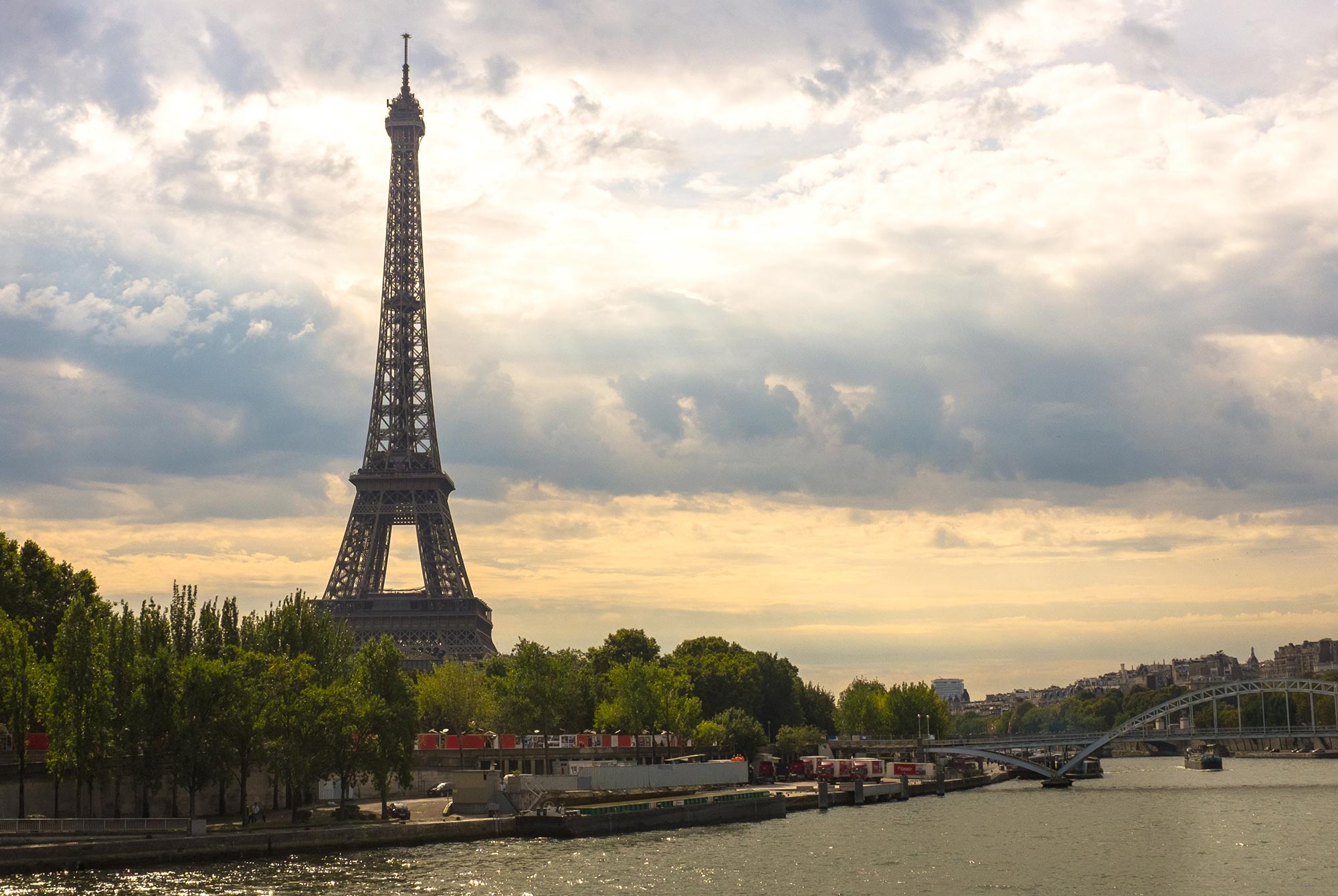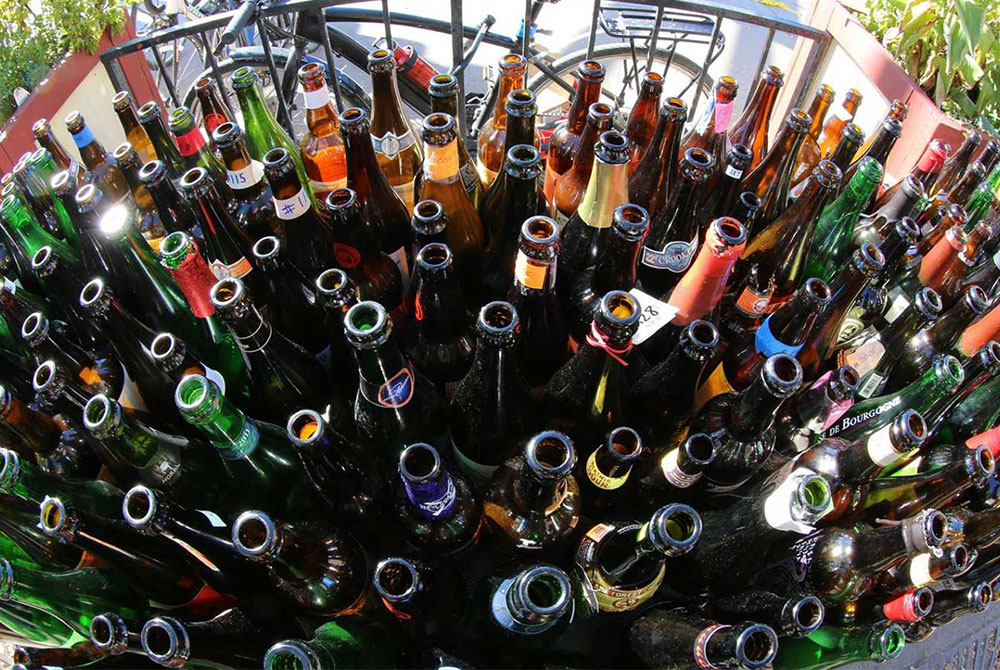Shop
Letter from the Editor: Lessons from the French Beer Scene
This week, our Editor in Chief travels to Paris, where he experiences the wonders of France's experimental craft culture.
Salut! Those seven years of French classes have finally paid off. This week I write from Paris, where I’m currently exploring the French beer scene. The experience has been eye-opening, to say the least. Coming from the US, with our 5,300 breweries and Dogfish Heads and Tree Houses and Russian Rivers, it’s easy to forgot there’s a whole world out there. But beer has been enjoyed all over the earth for thousands of years, and from my experiences here, it’s quite clear the US doesn’t have a monopoly on the good stuff.
Most people associate French beer with Bière de Garde, an ale characterized by its smoothness and malt-forward flavors. However, it wasn’t until the 1970s that the Bière de Garde began its meteoric rise. In his book The Beer Bible, Jeff Alworth writes that Bière de Garde’s popularity was somewhat strange: “Students in Lille adopted as their beverage of choice a strange throwback beer from brewery Duyck called Jenlain Bière de Garde… hops played a minimal role, and unlike Belgian saisons, the yeast character was almost completely absent.”
Alworth goes on to relate how Duyck’s beer “created a template” for today’s Bière de Garde. He also talks about the relative instability of the French beer scene until the mid-1990s, when international interest in beer sparked the French scene. Today, the country has more than 250 breweries.
Perhaps what’s most interesting to me is looking at a country that has yet to find its brewing voice. Like the US in the late 90s, France has a lot of interest in brewing, but they haven’t yet settled on a dominant style. For the States, that turned out to be the India pale ale, which currently stands out as our country’s biggest contribution to beer.
Despite still finding itself, the French beer scene is taking all the right steps, which begins with a period of intense experimentation. Many breweries are playing with local agriculture, as well as different spices. The scene reminds me of a young artist who plays around with several different voices or styles before coming into his or her own.
As I sit here drinking a Castelain Ch’ti Ambrée, I have a lot of hope for the French scene. I think the next three to five years will prove invaluable for the long-term future of French craft, and I’m excited to see how the bottle caps fall.
Stay strong, stay true, stay fresh, stay fly,
Kenny Gould
Editor in Chief
What We’re Reading
“Imagine sitting in your favorite pub with a friend who happens to be a world-class expert on beer. That’s this book. It covers the history: how we got from gruel-beer to black IPA in 10,000 years. The alchemy: malts, grains, and the miracle of hops. The variety: dozens of styles and hundreds of recommended brews, divided into four sections — Ales, Wheat Beers, Lagers, and Tart and Wild Ales — and all described in mouthwatering detail. The curiosity: how to read a Belgian beer label; the tale of two Budweisers; porter, the first superstyle; and what, exactly, a lager is. And the pleasure. Because you don’t merely taste beer, you experience it.”
— The back cover of Jeff Alworth’s book, The Beer Bible




